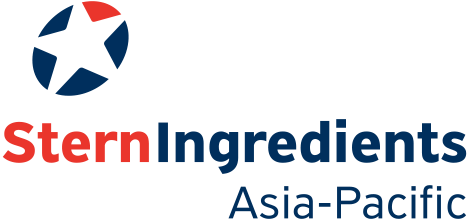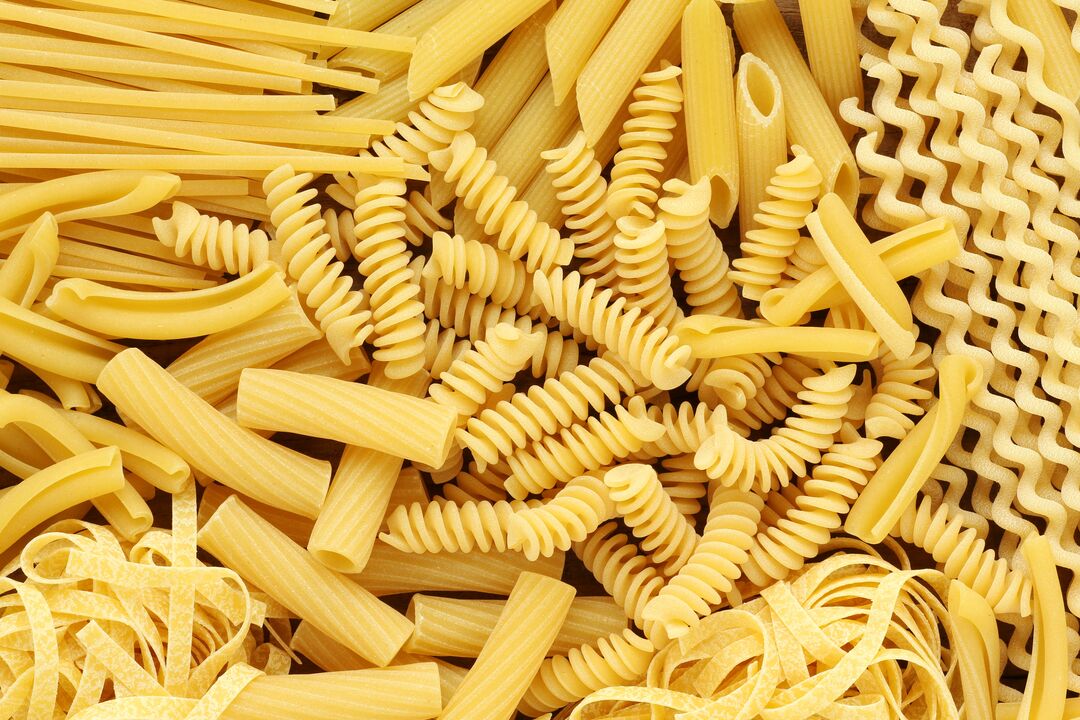Poor harvests in Canada and US are causing rising wheat prices and a greatly reduced amount of durum wheat on the market; making it difficult for pasta producers who want to offer high quality pasta. This is exacerbated by declining worldwide harvests of high-quality summer wheats like HRS, DNS and CWRS. With our Pastazym enzyme range, Mühlenchemie offers the pasta industry a way to use much cheaper wheat, without limitations in processing and with the desirable al-dente bite of durum.
Due to drought and heat on the prairie this year, American experts project reductions in the US durum harvest by up to 50% as compared to the 2021 harvest. The poor harvest in Canada makes things even more critical for pasta makers, as projections foresee a significant reduction in durum production there as well, down 30% from the five-year average.
This scarcity of durum wheat will have a major impact on global pasta production, which is traditionally dependent on durum exports from Canada. Since Canadian durum accounts for around 60% of the global supply, it is already clear that there is going to be a reduction in world supplies of this raw material. Durum production is projected to rise slightly in Europe and Mexico, but this relatively small amount cannot compensate for the severe drop in Canadian and US harvests. Market prices for durum and other wheats are already starting to climb as a result, and are anticipated to climb further.
High prices and low availability of durum wheat can be a challenge for pasta makers, because durum has unique physical properties required for pasta production. Mühlenchemie is addressing the issue with a technical solution. Our Pastazym product range enables pasta makers to use weaker but more readily available wheat varieties, allowing them to reduce costs significantly while maintaining product quality.
With Pastazym, pasta can be made from soft wheat as well as mixture of wheat varieties. Normally, pasta made of such wheat would have a much lower cooking stability and no al dente bite. But just a small amount of Pastazym, 10-20 g per 100 kg flour, can significantly boosts the cooking stability of the pasta and not only reduces its stickiness, but also gives it an appealing mouthfeel.
The consumer’s decision to buy is influenced not just by the bite firmness, but also by the product’s appearance. Adding vitamins and natural colours can ensure that the pasta looks as good as it should, while providing nutrients. Many countries permit the addition of colours to pasta. For this purpose there are special compounds with vitamins and/or colourings to give pasta the full yellow of classic durum wheat pasta. Pasta made using Pastazym is considered “clean label” and so requires no change to the ingredients declaration, which makes it particularly consumer-friendly. Manufacturers wishing to add colourings to improve the pasta’s colour will still need to check the laws of the target countries, and declare the colouring components used.
Enzymes and colourings can be worked into the dough by the feeder in one work step, giving significant savings in time and money, and reducing the potential for error. Mühlenchemie can respond to individual customer wishes and adapt the colour, concentration and final dosage as desired.
For more information on our Pastazym, can be found in our Pastazym – improving pasta texture brochure or leave us a message and our team will get in touch as soon as we can.
[caldera_form id=”CF60543b042c907″]


